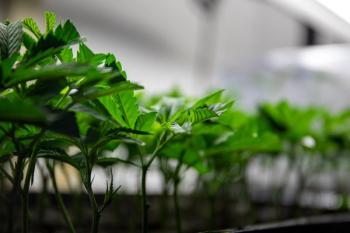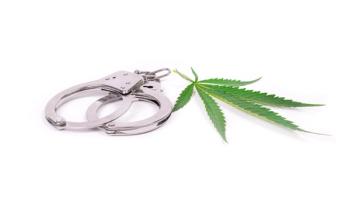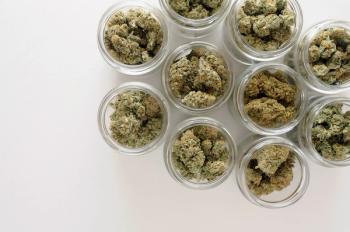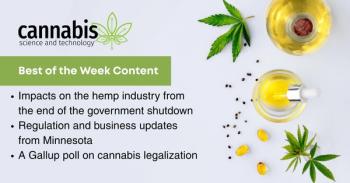
CBD vs. THC: Exploring the Differences and Potential Benefits
Here, Scott Mazza, Founder of Vitality CBD, compares the effects of the cannabis compounds CBD and THC for use with various conditions.
In the world of cannabis compounds, three-letter abbreviations have taken center stage: CBD and THC. One is commonly known for its therapeutic properties, while the other is famous for its psychoactive effects and “high.”
While these descriptions of cannabidiol (CBD) and tetrahydrocannabinol (THC) are accurate on a basic level, the differences between these two compounds are far more complex and nuanced.
CBD vs THC for Sleep
While related, THC and CBD
As red tape slowly falls away from cannabis in general, scientific research is beginning to validate the anecdotal reports of these compounds’ potential in the laboratory. In addition to anxiety, both compounds can have an impact on (to name but three) sleep, pain management, and arthritis.
For sleep, THC has strong sedative properties, interacting with brain receptors to profoundly affect the sleep/wake cycle.
These contrasting effects highlight the complex interplay between THC and CBD in addressing sleep-related issues, and individuals might need to experiment (slowly and safely) to see which works best for them. Ideally, we're only scratching the research surface, and science will have better answers for us in the coming years.
Varied Applications for Pain and Arthritis
Additionally, THC and CBD have studies demonstrating positive effects on pain management. Although limited data exists comparing CBD’s and THC’s effectiveness in treating pain, studies suggest that people who experience more immediate pain relief from cannabis tend to use products higher in THC. For example, more than half of adults who used THC to manage their chronic pain
Interestingly, another trial referenced in the study with 48 patients suffering from brachial nerve injury showed that both THC-CBD and THC alone reduced pain scores by about 1.3 points on a 10-point scale, significantly more than the 0.6-point reduction seen with placebo. However, adverse events were not significantly different between the THC-CBD and THC groups in these studies.
These findings again underscore the complexity of cannabis-based pain management and the need for personalized approaches. While combined THC-CBD formulations show promise, more research is needed to definitively establish their superiority over single-compound treatments across various pain conditions.
It’s a similar story for treating arthritis. A
What To Keep In Mind
As we’ve seen, THC and CBD offer unique benefits and potential therapeutic applications for a range of health concerns. When deciding between CBD, THC, or a combination of both, it’s essential to consider your specific needs and goals. CBD may be the preferred choice for those seeking relief from anxiety, inflammation, or sleep issues without the psychoactive effects. THC, on the other hand, is more suitable for those looking for more immediate pain relief or stronger sedative properties.
In many cases, a balanced approach incorporating both compounds may provide the most comprehensive benefits as they can work synergistically to address multiple symptoms. In this vein, full-spectrum CBD is a good choice since it contains multiple cannabis plant extracts, including essential oils,
It's important to remember that while CBD and THC show great promise, more research is needed to fully understand their potential and best practices. As the legal landscape surrounding cannabis continues to evolve and research funding becomes more accessible, we can expect to see a clearer picture emerge of how these compounds can be effectively leveraged for health and wellness. In the meantime, always purchase from reputable brands, consult with healthcare professionals, and stay informed about the latest developments.
About the Author
Scott Mazza is the co-founder and COO of
Newsletter
Unlock the latest breakthroughs in cannabis science—subscribe now to get expert insights, research, and industry updates delivered to your inbox.





